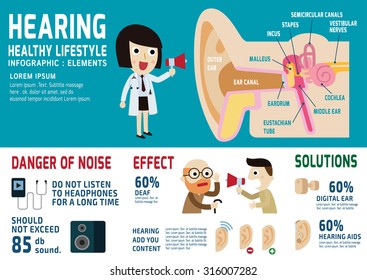Dyslexia Tutoring: Approaches And Strategies For Effective Knowing
Dyslexia Tutoring: Approaches And Strategies For Effective Knowing
Blog Article
Post By-Rasmussen Wren
If you're dealing with a pupil who has dyslexia, you recognize just how critical it is to take on the right methods. Tailoring your technique to fit their distinct requirements can make a substantial difference in their discovering trip. By integrating multisensory strategies and organized literacy programs, you can help them develop important skills. However what particular methods can you execute to really cultivate their confidence and growth? Let's check out these reliable techniques with each other.
Understanding Dyslexia and Its Effect On Learning
Recognizing dyslexia is important due to the fact that it affects how people discover and process details. If you or a person you know has dyslexia, you'll see challenges with reading, punctuation, and creating. This isn't a representation of intelligence; it's about how the brain translates language.
You might fight with phonemic recognition, making it difficult to link sounds to letters. This can lead to stress and decreased confidence in academic settings. Identifying these patterns is necessary for creating encouraging discovering experiences.
You'll discover that early treatment and tailored techniques can significantly improve outcomes. By comprehending the unique methods dyslexia impacts finding out, you can cultivate a much more inclusive ambience, helping those influenced flourish and recognize their complete capacity.
Effective Tutoring Approaches for Dyslexic Students
Recognizing the obstacles dyslexic trainees face unlocks to efficient tutoring methods that can make a genuine difference in their discovering journey.
First, use multisensory approaches; integrate aesthetic, acoustic, and kinesthetic methods to involve them totally. Include activities for cognitive behavioral therapy , focusing on phonics, phonemic understanding, and vocabulary.
Break down goal of cognitive behavioral therapy into smaller, convenient steps to avoid frustrating them. Motivate regular practice and repeating, enhancing knowing without irritation. Use favorable reinforcement to boost their self-confidence and motivation.
Tailor your techniques to their special toughness, and be patient as they proceed. Lastly, maintain open interaction with moms and dads to support their knowing in your home.
Developing a Supportive Understanding Environment
Creating a helpful discovering environment is essential for assisting dyslexic students grow. Begin by ensuring the space is quiet and free from distractions, permitting them to focus completely on their tasks.
Use flexible seating arrangements that promote convenience and engagement. Incorporate aesthetic help and hands-on products to reinforce discovering ideas, accommodating their one-of-a-kind processing styles.
Encourage open communication, so students really feel risk-free sharing their struggles and requesting for help. Celebrate their successes, despite exactly how little, to increase their self-confidence.
Develop a regular to offer structure, which can minimize anxiousness. Finally, tests online with peers, as social communication can enhance knowing and give emotional support.
Your efforts will produce a nurturing ambience that advertises development and strength.
Verdict
In conclusion, successfully coaching a dyslexic trainee needs a mix of understanding, customized strategies, and an encouraging setting. By utilizing multisensory strategies and organized proficiency programs, you can help reinforce necessary skills and enhance confidence. Remember to keep communication open, break jobs right into smaller steps, and commemorate progress, no matter just how small. With your dedication and the right technique, you can make a substantial difference in their scholastic journey and total well-being.
